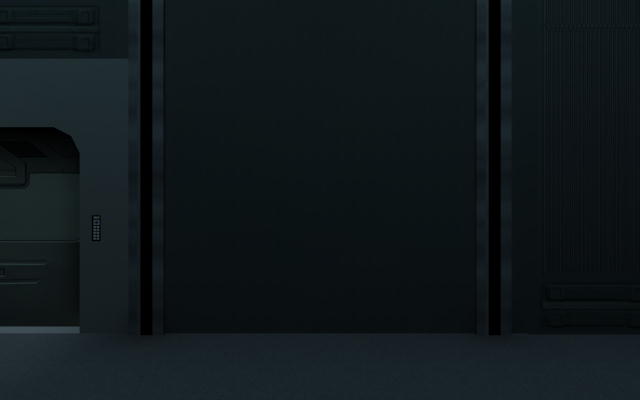For one of my maps, I had to device a shader which included the q3map_notjunc to prevent the compiler from hitting the MAX_EDGE_LINES error and therefor stopping the compilation. Now I’ve got a problem that the shader emmits light as the following images displays:

Original wall and floor

After the shader was applied
Is there a way to stop shaders from emmitting surface light or did I forget something in my shaderscript ??
textures/AB_cargo/wallbase
{
qer_editorimage textures/cargo/wallbase.tga
q3map_notjunc
{
map textures/cargo/wallbase.tga
}
}


